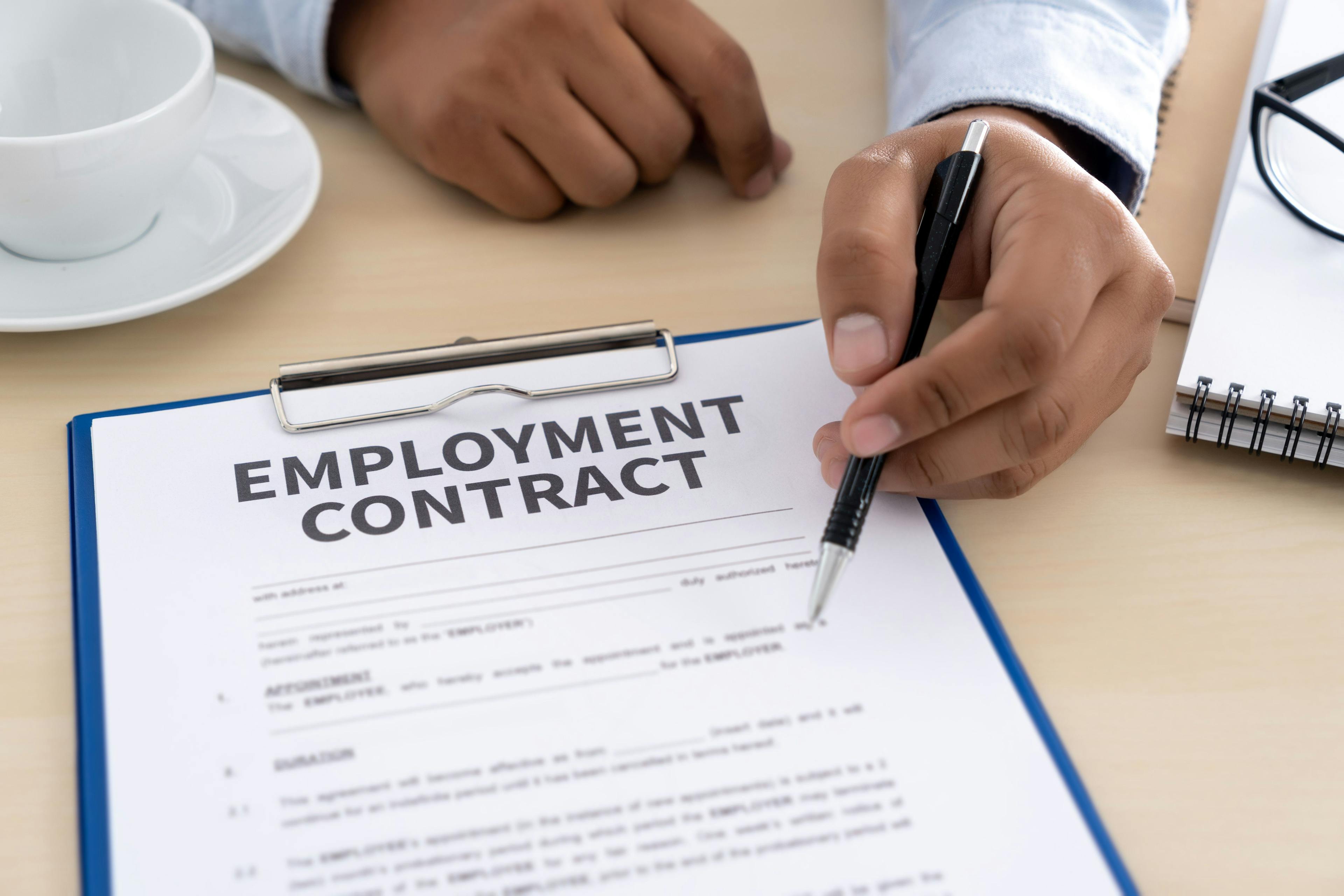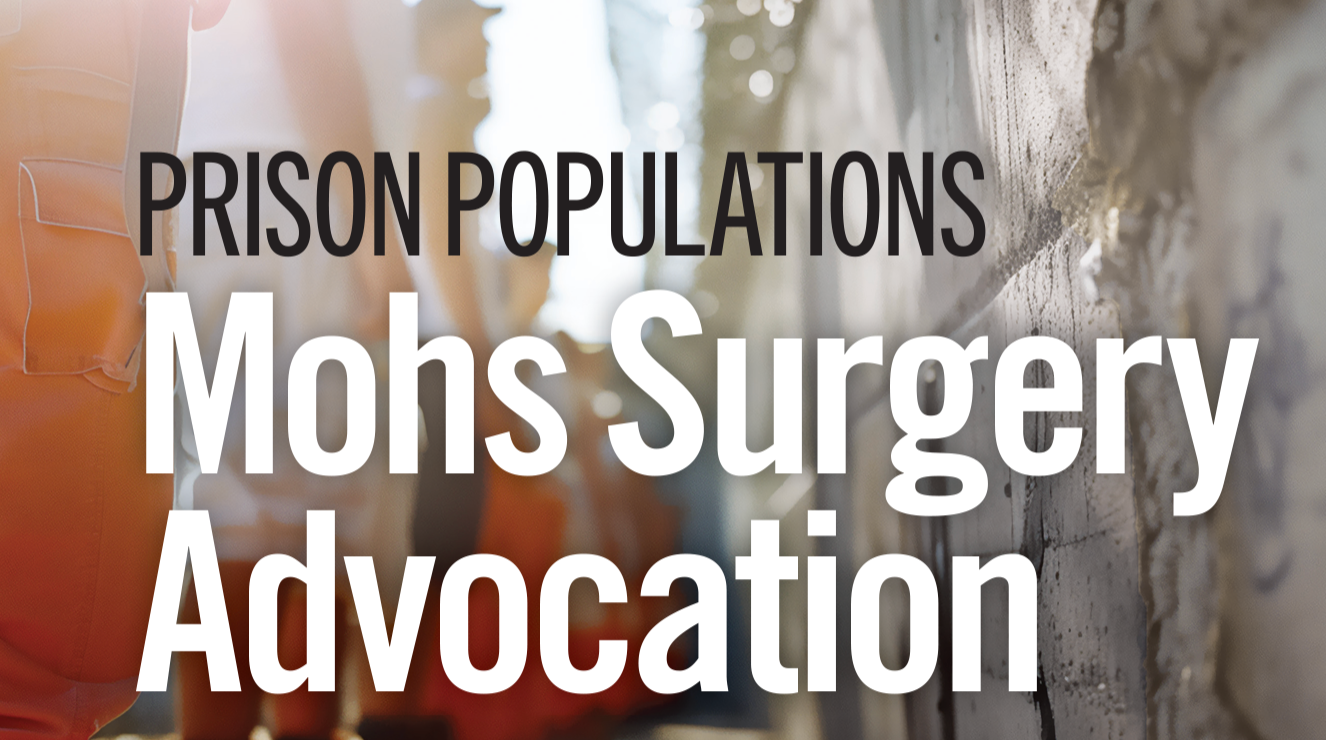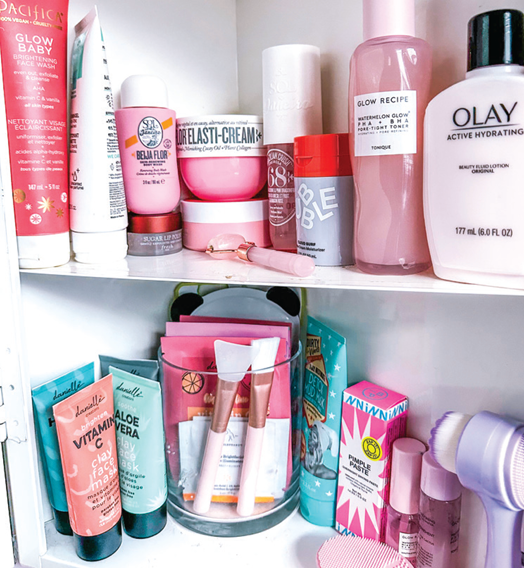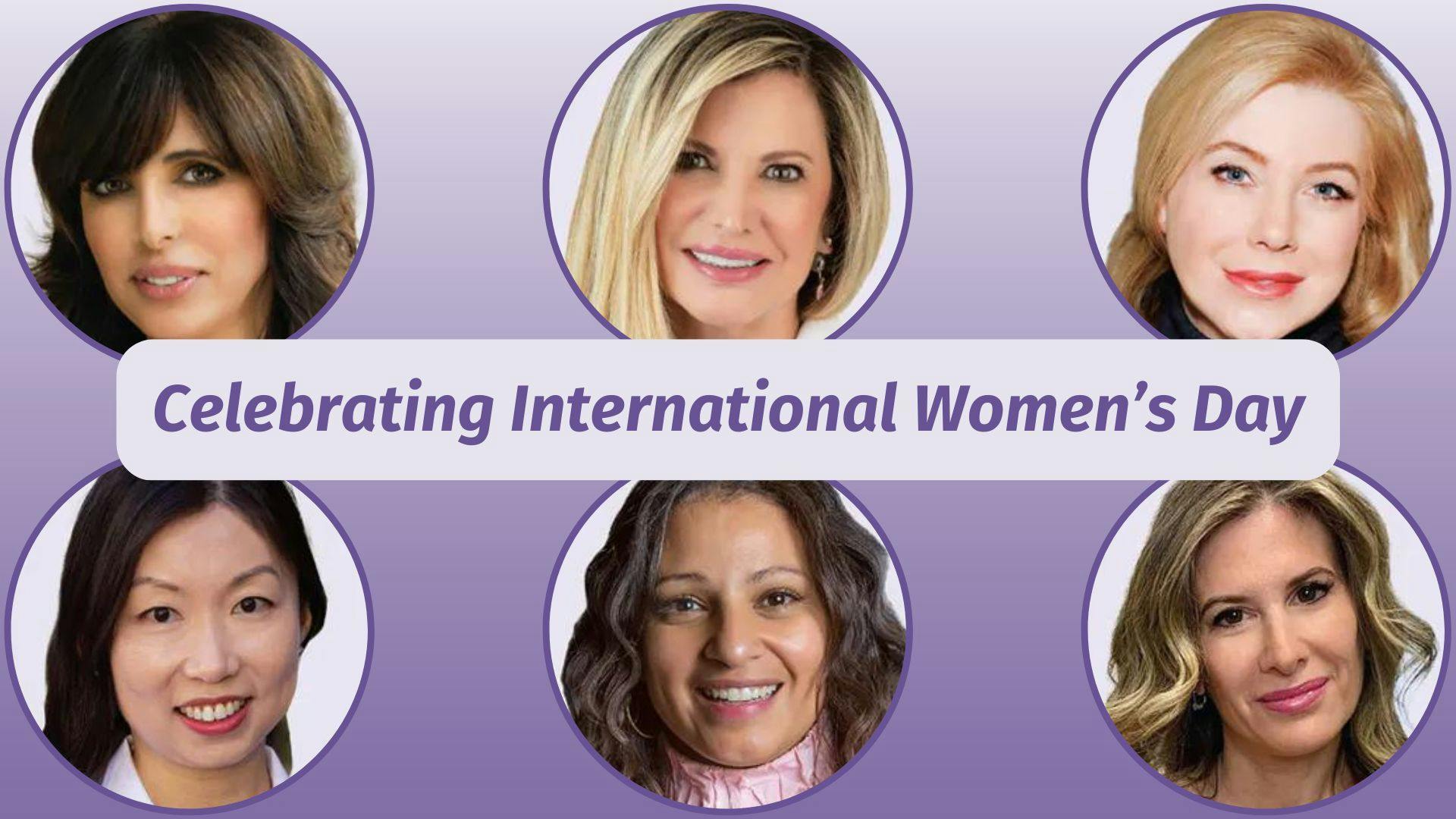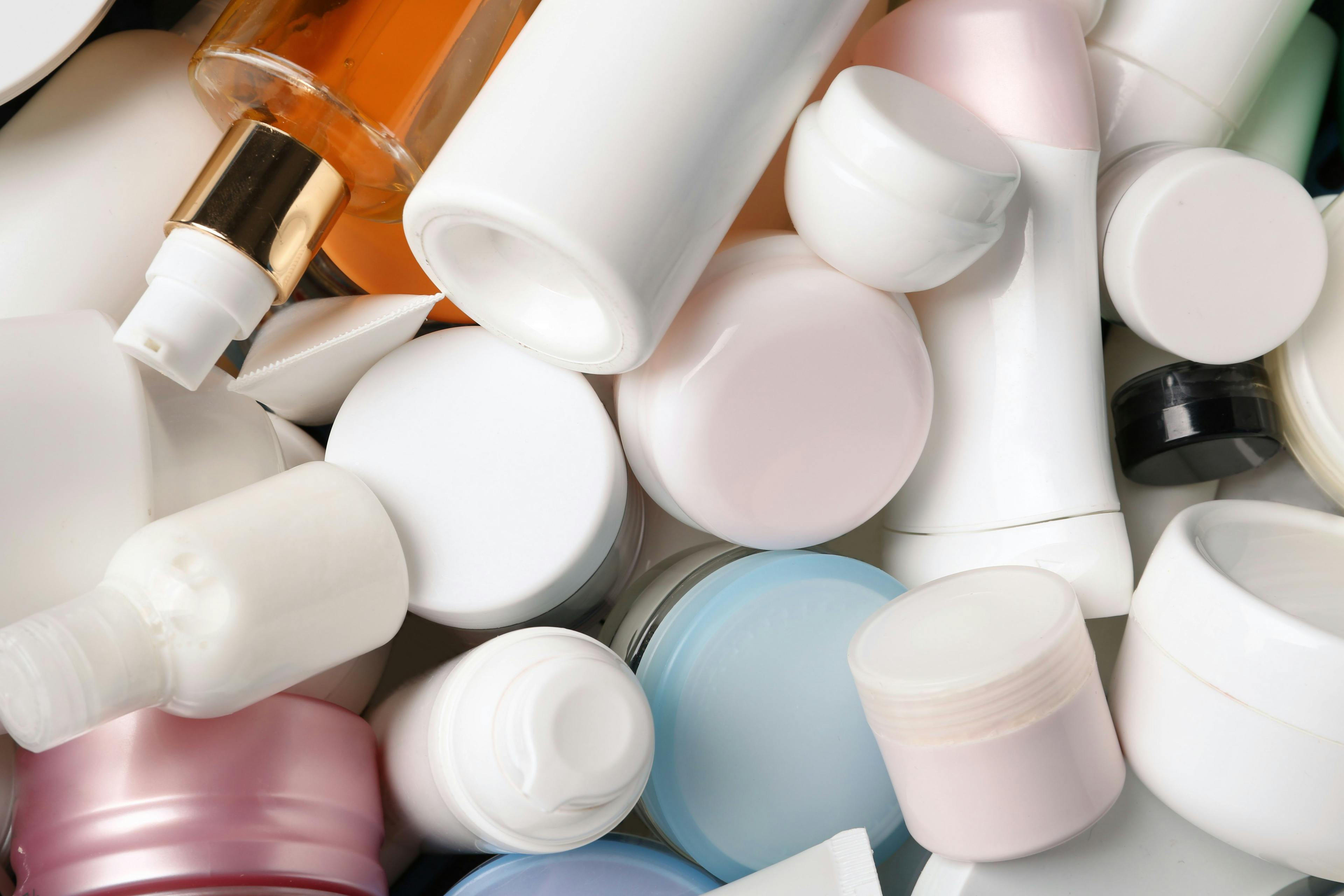- Acne
- Actinic Keratosis
- Aesthetics
- Alopecia
- Atopic Dermatitis
- Buy-and-Bill
- COVID-19
- Case-Based Roundtable
- Chronic Hand Eczema
- Chronic Spontaneous Urticaria
- Drug Watch
- Eczema
- General Dermatology
- Hidradenitis Suppurativa
- Melasma
- NP and PA
- Pediatric Dermatology
- Pigmentary Disorders
- Practice Management
- Precision Medicine and Biologics
- Prurigo Nodularis
- Psoriasis
- Psoriatic Arthritis
- Rare Disease
- Rosacea
- Skin Cancer
- Vitiligo
- Wound Care
News
Article
Dermatology Times
Trifarotene Yields Significant Improvements in Post-Inflammatory Hyperpigmentation
Author(s):
A poster presented at Maui Derm Hawaii delved into the efficacy and safety of trifarotene 50µg/g cream in acne vulgaris and PIH.
Trifarotene 50µg/g cream was both safe and efficacious in patients with moderate acne vulgaris and acne-induced post-inflammatory hyperpigmentation, according to data presented in a poster at the Maui Derm Hawaii 2024 conference in Wailea, Hawaii.1
In the phase 4 LEAP trial (NCT05089708),2 which was multicenter, double-blinded, and parallel grouped in nature, included adolescent and adult patients (n=123) between the ages of 13 and 35 years of age. Participants involved in the study had moderate acne vulgaris or acne-induced post-inflammatory hyperpigmentation. The study included patients of Fitzpatrick skin types I through VI, with approximately 70% of patients having skin types IV through VI.
At baseline, all patients were evaluated for overall disease severity (ODS), size of hyperpigmented lesions, post-inflammatory hyperpigmentation index (PIHI) scoring, acne lesion count, and Investigator’s Global Assessment (IGA), with photography included as a means of assessment.
Upon inclusion in the study, patients were randomized with a 1 to 1 ratio to either a vehicle cream (n=63) or trifarotene 50µg/g (n=60), both to be applied on a once-daily basis for a duration of 24 weeks.
In addition to daily application of the assigned formula, patients were instructed to adhere to identical skin care routines involving a gentle skin cleanser, moisturizer lotion, and an oil-absorbing moisturizing containing SPF30.
At the conclusion of the study, researchers observed a statistically significantly higher improvement in post-inflammatory hyperpigmentation ODS from baseline to week 12 among patients using trifarotene 50µg/g versus those using the vehicle cream. Despite this, absolute change was comparable between both treatment groups by week 24.
Additionally, patients using trifarotene achieved a numerically greater reduction in PAHPI total facial score (-18.9%) versus the vehicle cream (-11.3%) by week 24. On average, the average decrease in average size of pigmented lesions was greater at weeks 12 and 16 in patients treated with trifarotene than with the vehicle cream.
Regarding acne counts and IGA scoring, total acne lesion count was significantly reduced in patients assigned to trifarotene, with a 64.1% reduction in lesions, versus the vehicle cream, at week 12. This reduction persisted throughout the remainder of the study. IGA success was achieved in 38% of patients using trifarotene at week 12 and 61.1% at week 24, both of which were indicative of a significantly higher proportion of patients achieving success than in the vehicle group.
In addition to numerical improvements, researchers observed visual improvements in hyperpigmentation in photographs taken at weeks 12 and 24, noting visually apparent improvements from baseline.
Incidence of treatment-emergent adverse events (TEAE) was greater among patients assigned to the vehicle cream versus trifarotene, wherein incidence was 16.7%.
"Trifarotene and vehicle were comparable in improving PIH ODS at W24 and a significant rapid improvement in PIH ODS was observed at W12," wrote Alexis et al. "PAHPI total facial score and IGA success, respectively, demonstrated numerically and significant advantages for trifarotene treatment. Trifarotene was well-tolerated with a lower incidence of TEAEs compared with the vehicle group across all skin types throughout the study."
References
- Alexis A, Weiss E, Browning JC, et al. : Efficacy and safety of trifarotene cream 50µg/g for the treatment of acne induced post-inflammatory hyperpigmentation in subjects with Fitzpatrick Skin Types I-VI: Results from a phase IV trial (LEAP). Poster presented at: Maui Derm Hawaii 2024; January 22-26, 2024; Wailea, HI.
- Galderma R&D ClinicalTrials.gov. (2021) AkLief evaluation of acne-induced post-inflammatory hyperpigmentation (LEAP). https://clinicaltrials.gov/ct2/show/NCT05089708. Accessed January 24, 2024.
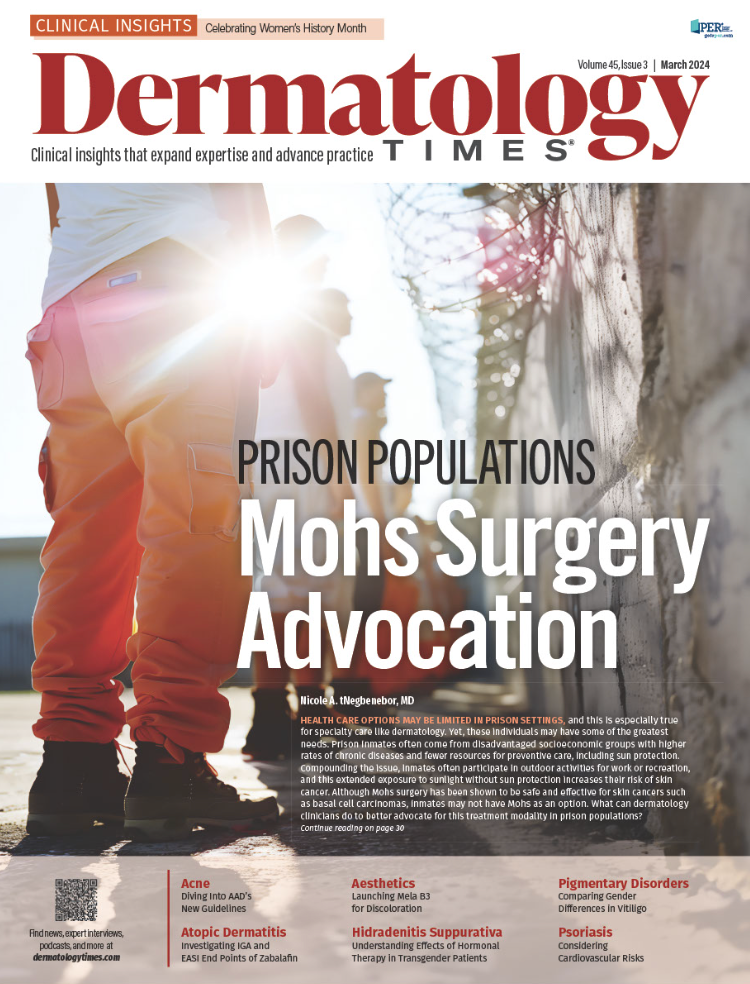
Newsletter
Like what you’re reading? Subscribe to Dermatology Times for weekly updates on therapies, innovations, and real-world practice tips.





